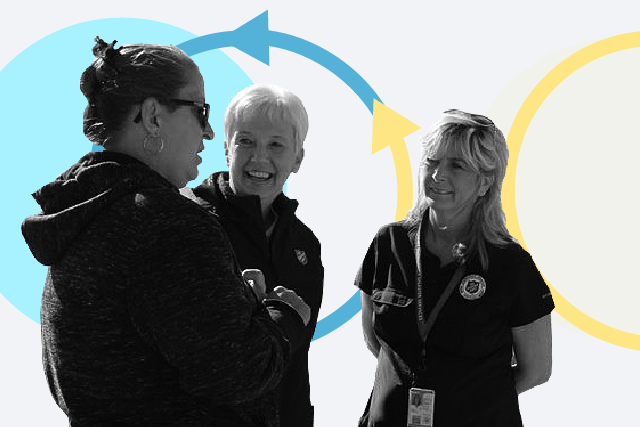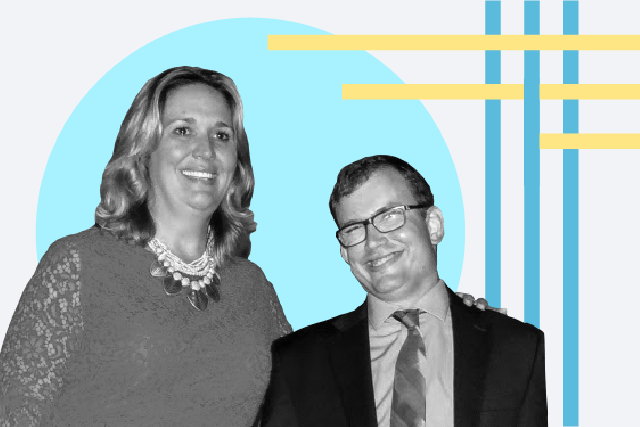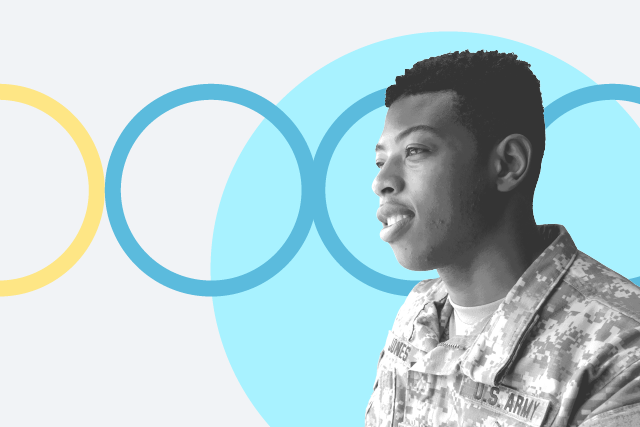A human-centered approach to government
Imagine if the U.S. government understood each of its services through the eyes of our customers. How might federal agencies change their approach or better work together? How might citizens think differently about those services and their overall experience with government?
Our hypothesis is that a human-centered perspective can yield better results. Our team conducted three inter-agency research efforts to understand how customers navigate across multiple Federal agencies and even levels of government at specific moments in their lives. This can help to identify specific opportunities that are most meaningful to actual people to improve.
Learn more about this effortCustomer Life Moments

Surviving a Natural Disaster
Those who have lived through a natural disaster are facing one of the most difficult experiences they've ever encountered: attending to their families' most basic needs while experiencing trauma, stress, and multiple bureaucratic processes. In these most vulnerable moments, survivors expect the government to step up.

Transitioning to Adulthood
People with an intellectual disability and their families interact with agencies and organizations at the Federal, state, and local level year after year. It can be incredibly difficult to understand the full scope of what programs are available, who to go to for what, and to weave together the right supports; all at different life stages.

Seeking Employment after Service
Each year, approximately 200,000 Service Members leave the military. Employment statistics have continued to improve, but there is more to understand to improve the rates of those that find a career that is satisfying, has potential for development and higher wages, and recognizes valuable skills Veterans have.
About Journey Maps

What is a journey map and how do you read it?
Journey maps serve as a summary of voices of actual people and represent their experiences at points along a series of steps across some time period. When reading a journey map, the actions at the core of the image show high-level steps along the journey, while the other elements reveal research insights that can inform opportunities for improvement.

What is the purpose of this journey map?
The Federal Customer Experience team, led by the Office of Management and Budget, partnered with 10+ agencies for a human-centered approach to improving critical moments in our customers' lives. The research and production of these maps can help to align our collective understanding of how a service delivery system is experienced by the public. Through identifying common barriers, we can improve coordinating efforts across the Federal government.

How will this journey map be used?
Although it's difficult to re-design complex delivery systems, specific barriers along a journey can indicate areas that matter most to the people we serve. The journeys above show that more broad interagency efforts (e.g., on "Veterans employment") can be slower to deliver changes than scoped challenge areas (e.g., "better connecting job searching platforms"). We plan to form interagency design teams that convene experts to prototype and test solutions for streamlining services.
Project Documents
- Journey Map: Surviving a Natural Disaster
- Journey Map: Transitioning to Adulthood
- Journey Map: Seeking Employment after Service
- Service Member Transition to Civilian Employment, Journey Map Guide
- Service Member Transition to Civilian Employment, Project Report
- Service Member Transition to Civilian Employment, Workshop Guide for Federal Agencies
- How we used data from our interviews (information collection approved under OMB Control # 2900-0876)
- How we used data from surveys (information collection approved under OMB Control # 3090-0321)
- Human Centered Design Discovery Stage Field Guide

